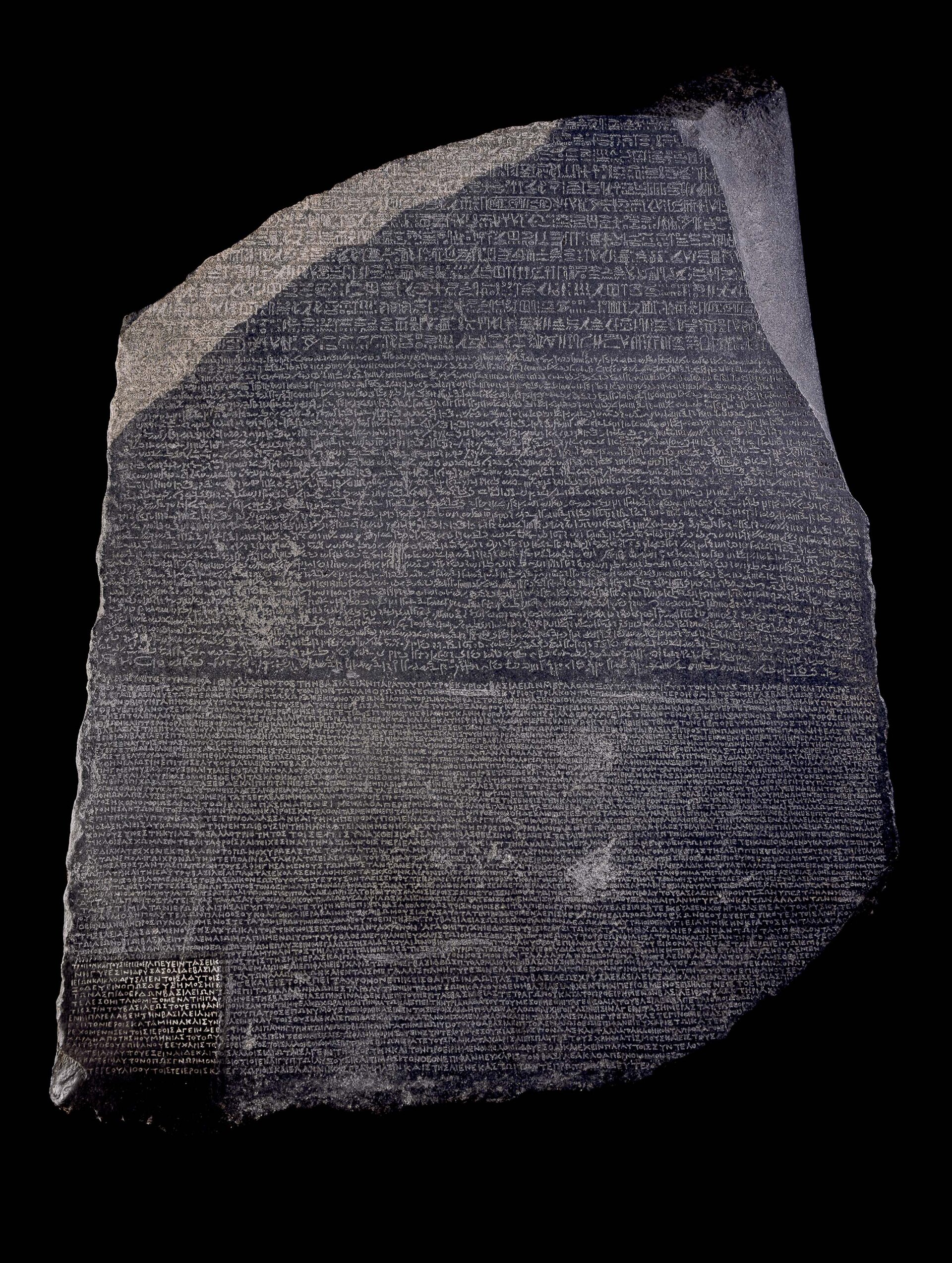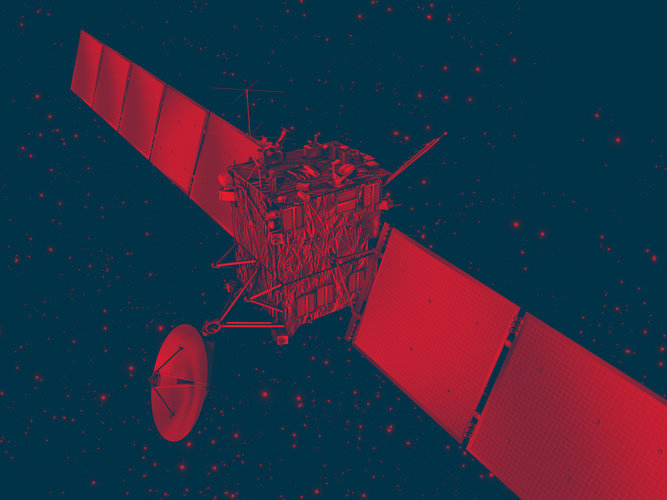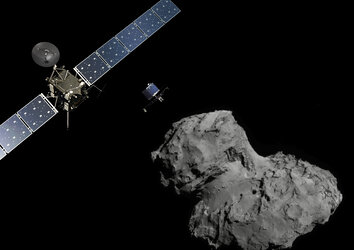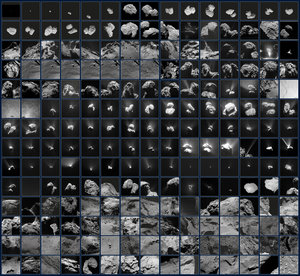Why 'Rosetta'?
The European Space Agency's unprecedented mission of cometary exploration was named after the famous 'Rosetta Stone'. This slab of volcanic basalt - now in the British Museum in London – was the key to unravelling the civilisation of ancient Egypt.
French soldiers discovered the unique Stone in 1799, as they prepared to demolish a wall near the village of Rashid (Rosetta) in Egypt's Nile delta. The carved inscriptions on the Stone included hieroglyphics – the written language of ancient Egypt – and Greek, which was readily understood. After the French surrender in 1801, the 762-kilogram stone was handed over to the British.
By comparing the inscriptions on the stone, historians were able to begin deciphering the mysterious carved figures. Most of the pioneering work was carried out by the English physician and physicist Thomas Young, and the French scholar Jean François Champollion. As a result of their breakthroughs, scholars were at last able to piece together the history of a long-lost culture.
Just as the Rosetta Stone provided the key to an ancient civilisation, so ESA's Rosetta spacecraft is unlocking the mysteries of the oldest building blocks of our Solar System – the comets. As the worthy successor of Champollion and Young, Rosetta is allowing scientists to look back 4600 million years to an epoch when no planets existed and only a vast swarm of asteroids and comets surrounded the Sun.















 Germany
Germany
 Austria
Austria
 Belgium
Belgium
 Denmark
Denmark
 Spain
Spain
 Estonia
Estonia
 Finland
Finland
 France
France
 Greece
Greece
 Hungary
Hungary
 Ireland
Ireland
 Italy
Italy
 Luxembourg
Luxembourg
 Norway
Norway
 The Netherlands
The Netherlands
 Poland
Poland
 Portugal
Portugal
 Czechia
Czechia
 Romania
Romania
 United Kingdom
United Kingdom
 Slovenia
Slovenia
 Sweden
Sweden
 Switzerland
Switzerland




























